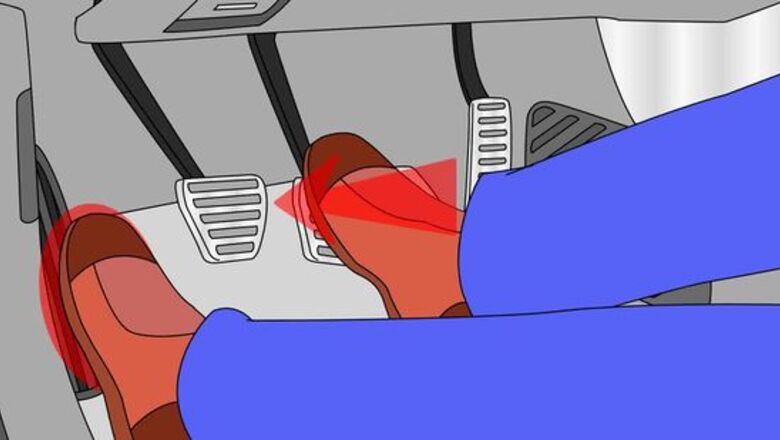
views
Braking and Stopping a Car with ABS
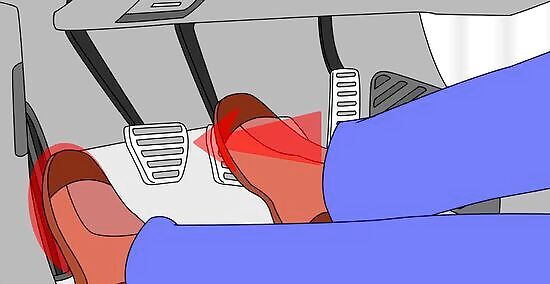
Press down the brake firmly and smoothly. If you push your foot down on the pedal in a car with ABS, you will feel the brake pulsating under your foot, sometimes violently. Don't be afraid of this or let go -- that just means the brakes are doing their job. Depress your brake pedal rapidly, but not instantly. This is essential to maximize the braking potential of your car. The goal is to bring the vehicle's tires just shy of breaking traction. It is important, though, to avoid "squeezing" down on the brakes if your car has ABS. The key is to apply the brakes quickly and deeply, while applying pressure with the left foot against the footrest to stabilize the body. As the car's speed is being scrubbed off, you can progressively and gently ease off the brakes to keep them at the point of maximal efficiency.
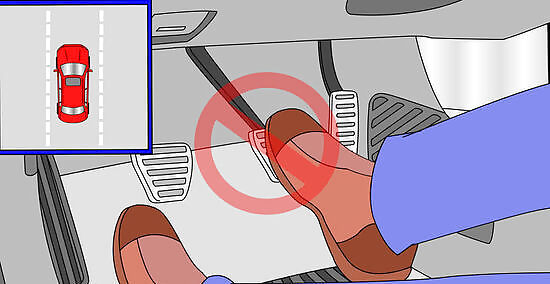
Don't brake and swerve the car at the same time. Gentle turning while braking can help you avoid a collision. However, don't ever swerve or jerk the steering wheel, as this can cause the vehicle to go out of control. It is not uncommon for people to swerve to miss a small animal and end up colliding with a tree or another car. In some circumstances, such as if a child jumps in front of your car, it is prudent to turn while you apply your brakes. You should practice this in a safe environment so you'll get an idea of how the vehicle will react. Here are some different ways to brake your car: Brake-turning. Turning the wheel into the corner while still lightly on the brakes. This causes the car to lean forward, pressing the front tires to the ground, giving them more grip for steering. This is a basic technique, and no corner should be made without it. Trail braking. This is a method of feathering the brakes while turning into the corner and it will provide the best and safest control over the vehicle as it is leaning on the front tires, allowing for more traction to those tires. An emergency stop. If a need to stop quickly is due, you should not fear using the brakes, even mid-corner: With ABS, depress the pedal all the way down. Without ABS, brake moderately hard (70%) while taking off a bit of steering.
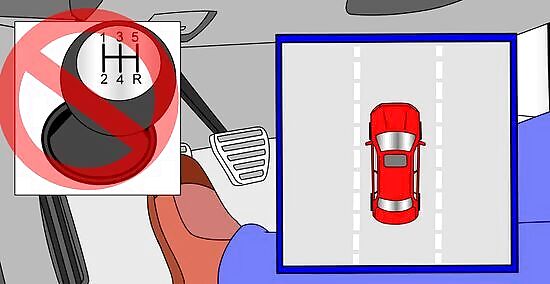
Avoid using your transmission for quick stops. The transmission is designed to accelerate the vehicle not slow it down. The design of the load points on the transmission gears are not designed for this. It is not a component of the braking system. If you operate a tractor trailer, it is a different story. They are equipped with air brakes and engine brakes for a reason that is irrelevant for cars. However, it is a good practice to use engine braking for maintaining or decreasing speed on long downhill stretches. The heat generated is absorbed by the engine and removed efficiently by its coolant, radiator, and fan, which prevents the brakes from overheating so they will be most effective when needed for maximum braking.
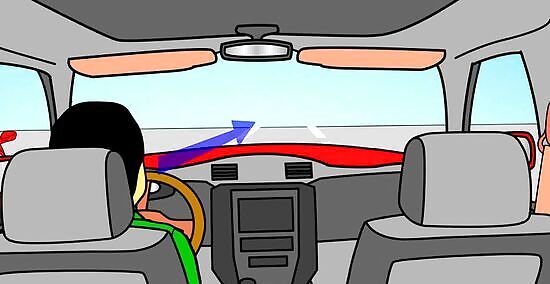
Focus on where you want to go, not what you want to avoid. It's very difficult to steer away from something that you're looking at directly, and many people have a tendency to focus on what they are worried about colliding with. Instead, concentrate on where you want the car to go (to the side of the object) and pay attention to how the car feels—whether you're at OSP or locking up.
Braking and Stopping a Car without ABS
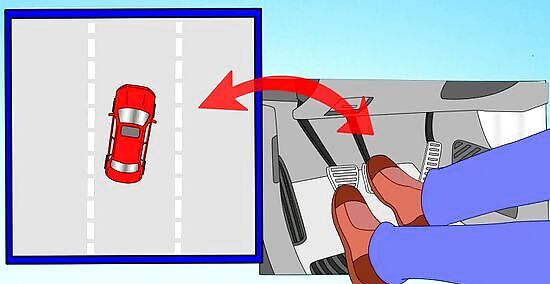
"Squeeze" the brakes. If your car does not have ABS, then you shouldn't hit or slam the brakes. Instead, you should squeeze the brake pedal firmly with your foot to stop the car as quickly as possible. You should squeeze the pedal down until right before the tires begin to skid, which will reach the limit of the traction of the tires. If you push down on the pedal too hard, you will lock the brakes and will lose control of your vehicle.
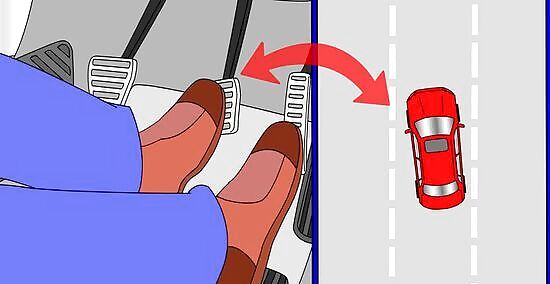
Brake at the limit before the brakes lock up. This is called "threshold braking" and will make your car stop as quickly as possible. Listen for a faint howl from the tires, which will tell you that you haven't reached the limit and that you're doing the right thing. If the wheel locks up and you've lost control of the car, then you've gone too far and have to let go and reapply the brakes again.
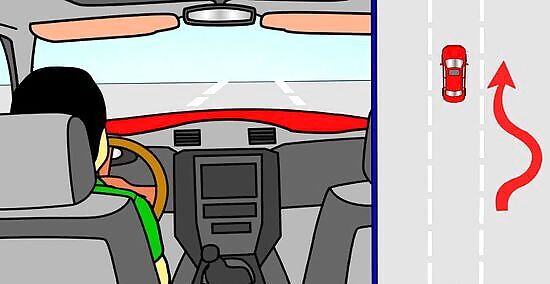
Don't look at the object that you are colliding with. Look to either side of the object and try to aim the car away from it instead of colliding with the object head on. If you're mesmerized by the object that you're about to hit, then you won't be able to focus on threshold braking, which will require your full concentration.
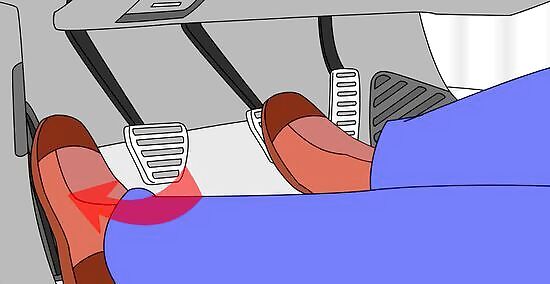
Press your left foot against the floor. Pressing your left foot against the rest pad area will help you brace your body against the damage and will make you for sensitive to knowing how you should modulate the brake pedal.
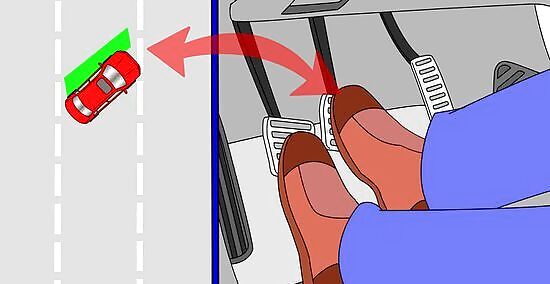
Practice threshold braking. It takes time and practice to master this type of braking, and spending some time doing it in an empty parking lot can improve your chances of success if the time ever comes. Also, practicing squeezing the brakes both firmly and lightly in your everyday driving can help you improve your braking skills -- and can save your life when the time comes. You can measure this by setting up markers as to when to start braking and when you stop the car, and you can visually see the difference between your tires locked up and not. Extra practice: Purposely lock up your brakes. Now practice reducing pressure on the pedal until it stops locking up, then apply pressure again to the OSP (optimal squeeze point) again. Inevitably, you will go over your OSP, or you will change surfaces while braking, that is why this practice is essential. Take note: each surface and speed will have different OSPs. This is why you should practice while it is dry, then while it is raining, and then when it is snowy, if it's possible.













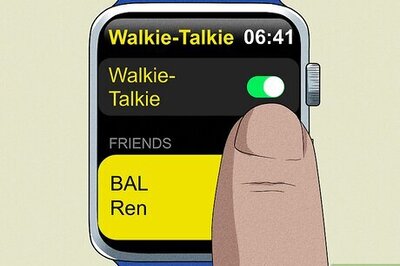


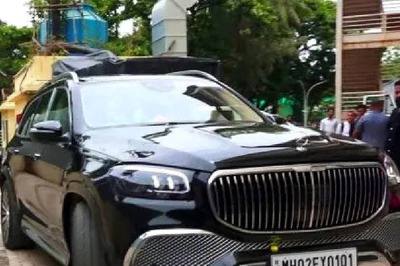
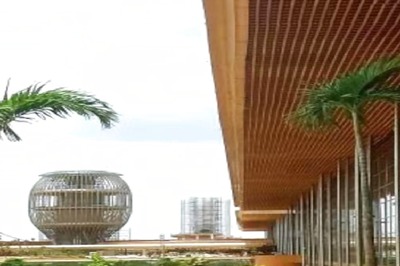
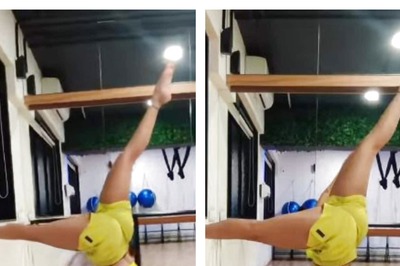

Comments
0 comment